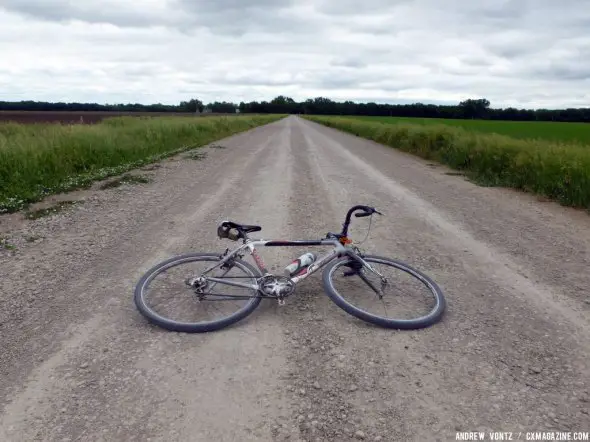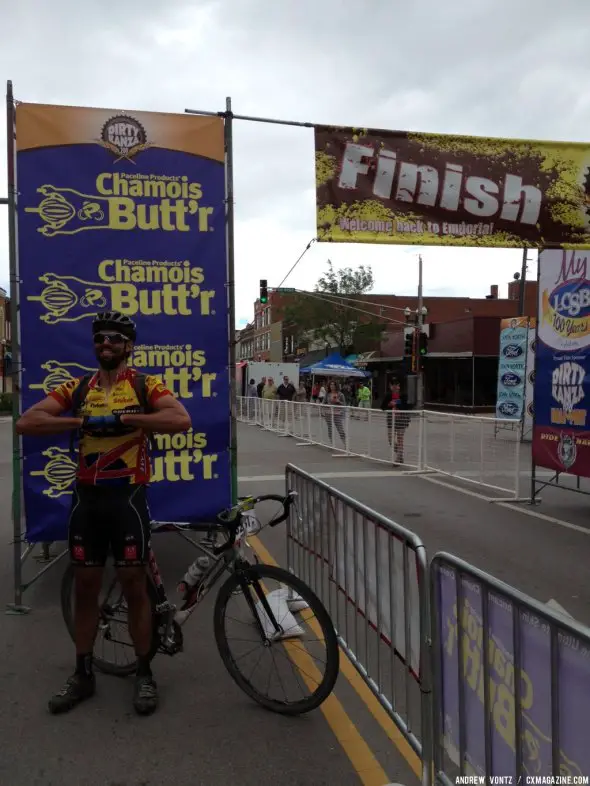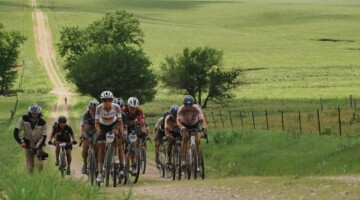Gravel racing: It’s what you can do with that cyclocross race bike the other seven to nine months out of the year that you’re not racing it, depending on how long the cyclocross season runs where you live. If you haven’t tried it yet, you’ve read about it ad infinitum here and everywhere else from Outside Magazine to The New York Times.
The races range from long to ultra-distance and while many promoters will now toss in a few miles of unpaved roads so they can call their events gravel races and thereby capitalize on the current gravel mania, the real-deal events take place on courses that are north of 70% gravel, dirt, or destroyed roads, usually in rural areas.
Gravel may actually be worthy of the epic designation that gets applied so casually to so many different things in cycling and life now. It hasn’t yet reached the point where the competitive aspect of the events supersede the adventure aspect: They’re simultaneously both races and adventures and in that way, they’re seriously fun. I first wrote about gravel racing for Mountain Bike magazine in the mid-2000s when I highlighted Trans-Iowa in the form of an interview with Jeff Kerkove. These days he’s a marathon cross country mountain bike pro and marketing honcho for Ergon. Back then, he was a shop rat and nasty amateur racer with a cool blog that chronicled the birth of the Midwest gravel racing scene that has now become nationally and internationally famous.
I’d wanted to try gravel racing ever since I first read about it and last summer, I finally gave it a shot at the Dirty Kanza Half Pint.
Next week, I’m going back for more. When I tell people I’m doing the Dirty Kanza Half Pint they assume I’m doing the full, 204-mile Dirty Kanza Cyclocross Magazine first covered in 2008. I’m not. The Half Pint is the 109-mile version of the race that the promoter, Jim Cummins bills as “not a race, but rather as more of an opportunity to experience what gravel grinding is about.” But to me and everyone else I know who does the Half Pint, it’s a race first and an adventure second. In its intensity, brutality and environmental and physical challenges, it in no way resembles a participate-to-finish event like your local century.
My 2013 Half Pint experience captured my imagination in a way that nothing in the bike universe (save cyclocross) has in recent memory. I went radically off-course when I missed a crucial turn marker (that I later saw had blown over, thanks to there being serious wind in Kansas) and my 109-mile day accidentally became a 125-mile day. But I loved it and knew I would be back for more. Since then, I’ve entered every gravel-ish event I have the time and means to enter, most recently Murphy Mack’s Tainthammer in Central California (destined to be a classic).
You don’t need a magic bike to race gravel. But fortunately for you and for the bike industry, gravel racing represents the perfect excuse to get a new bike specifically for gravel racing or to modify your cyclocross race rig.
When I started to prepare for the 2014 DK Half Pint back in January, part of that process included starting to research what would make the ultimate gravel bike. In my next column, I’ll tell you about how my gravel gear odyssey started and the bike it ultimately yielded.




























